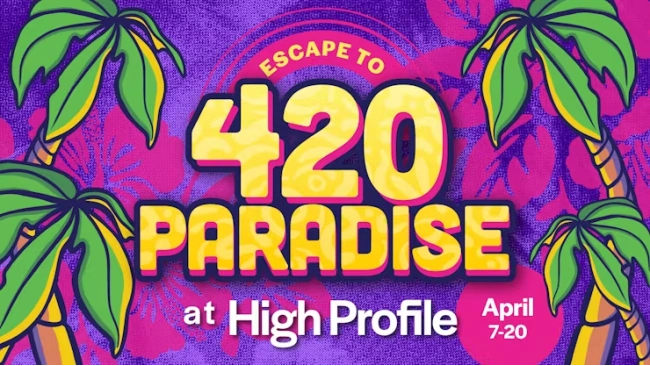420 in Cannabis Commerce
Record-Breaking Sales Performance and Market Penetration
The commercialization of 420 represents one of the most significant developments in its cultural evolution, transforming from underground celebration to legitimate business phenomenon. The economic magnitude of 420’s influence extends far beyond simple promotional opportunities, fundamentally reshaping cannabis retail calendars and consumer spending patterns. Modern cannabis businesses extensively use 420 in branding, product naming, and marketing strategies, with dispensaries regularly offering special promotions on April 20th that generate unprecedented sales volumes.
According to comprehensive industry data, 420 in 2024 established itself as the busiest cannabis sales day in history, with dispensaries processing a colossal 182% increase in sales compared to an average Saturday. This commercial success demonstrates 420’s unparalleled power as both marketing tool and cultural touchstone, with 76% of all transactions including discounts and an average discount amount of $24 per transaction—representing a 118% increase over normal Saturday promotions.
The geographic distribution of 420’s commercial impact reveals fascinating market maturity patterns. California, despite being one of the most established legal markets, experienced a remarkable 185% sales increase on the actual 420 holiday, demonstrating the enduring cultural relevance of cannabis’ “high holy day” in the Golden State nearly a decade after full legalization. This performance contradicts assumptions that mature markets might show diminishing 420 enthusiasm, instead suggesting that cultural authenticity maintains commercial value regardless of market age.
Limited-license states like Illinois and Missouri demonstrated exceptional per-store revenue performance, with Illinois averaging over $50,000 per store and Missouri topping $67,000 per store across the 420 weekend. These figures highlight how supply constraints and market exclusivity can amplify 420’s commercial impact, creating scarcity-driven demand that translates into extraordinary sales performance.

Consumer Behavior Shifts and Product Category Evolution
The evolution of 420 shopping patterns reveals significant changes in consumer preferences and market sophistication. While flower remained the dominant product category at 40.7% of total 420 sales in 2024, cannabis beverages experienced the largest product category growth in units at 206% year-over-year. This dramatic shift indicates how 420 celebrations serve as testing grounds for emerging product categories and consumer adoption of innovation.
Payment method preferences during 420 celebrations provide insights into market legitimization trends. Debit transactions increased 123% on 420 in 2024 compared to 2023, with debit payments exceeding cash transactions by 22%. New Jersey led this trend with 48% of cannabis purchases paid via debit card, suggesting that normalized payment processing contributes significantly to 420’s commercial success and overall market acceptance.
The pre-420 sales surge represents another crucial commercial development. Dispensaries began experiencing elevated sales on Friday, April 19th, with average sales per location running 51% higher than typical Fridays. This pattern indicates how 420 has evolved from single-day event to multi-day commercial phenomenon, extending its economic impact across extended celebration periods.

Brand Development and Product Innovation Cycles
Product development has embraced 420 themes extensively, with cannabis strains, edibles, and accessories frequently incorporating 420 references in their names and packaging. This commercial adoption has transformed 420 from cultural symbol into valuable brand asset within the cannabis industry. Companies like 420 Science have undergone sophisticated rebranding processes to maintain relevance while expanding their market reach beyond traditional cannabis demographics.
The integration of 420 themes into product development cycles demonstrates how cultural authenticity translates into commercial value. Limited-edition 420 product releases, special packaging designs, and exclusive strain offerings create artificial scarcity that drives consumer engagement and premium pricing opportunities. These strategies indicate how businesses leverage cultural significance to differentiate products in increasingly competitive markets.
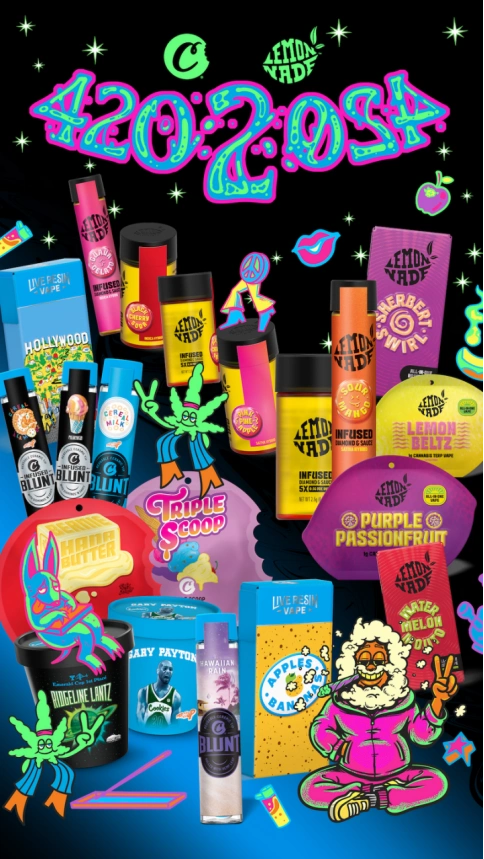
Legal Recognition and Challenges
Legislative Acknowledgment and Symbolic Integration
Legislative bodies have acknowledged 420’s cultural significance through deliberate numerical references in cannabis-related legislation. California’s medical marijuana regulation was strategically designated Senate Bill 420 in 2003 as direct homage to cannabis culture. This symbolic gesture represented official recognition of 420’s importance while demonstrating how lawmakers could signal cultural awareness and community connection through legislative numbering.
The pattern extended to federal legislation with Senator Ron Wyden’s introduction of the “Marijuana Revenue and Regulation Act” as S.420 in 2019. This comprehensive bill proposed removing marijuana from controlled substance schedules while establishing federal taxation and regulation frameworks for cannabis products. The deliberate use of 420 as the bill number demonstrated how cultural symbols could be appropriated for serious policy discussions, lending authenticity and community recognition to legislative efforts.
Similarly, early recreational cannabis legalization initiatives in Colorado and Washington strategically incorporated 420 references when possible, though practical legislative numbering systems sometimes prevented perfect alignment. These efforts reflect lawmakers’ recognition that cultural symbols carry political value and community credibility that can enhance policy acceptance and implementation.
Intellectual Property Disputes and Trademark Complexities
The intersection of 420 commerce and intellectual property law creates unprecedented legal challenges that highlight broader issues in cannabis industry development. The absence of federal trademark protection for cannabis products, due to marijuana’s continued Schedule I status, has created a complex legal landscape where 420-related branding disputes occur primarily at state levels.
Major corporations have aggressively defended their trademark rights against cannabis companies adopting similar branding strategies. The UPS versus “UPS420” and “United Pot Smokers” case exemplifies how established brands respond to perceived infringement, regardless of cannabis industry context. These legal challenges demonstrate the significant costs cannabis businesses face when adopting branding strategies that play off established trademark goodwill.
The proliferation of generic cannabis terminology like “Dank,” “Emerald,” “Elevated,” “Canna,” and “420” in product branding has created widespread confusion and legal vulnerability. Cannabis businesses frequently discover their “unique” branding conflicts with existing users, resulting in expensive legal disputes and potential rebranding requirements that can devastate small operators.
Federal trademark restrictions force cannabis businesses to rely on state-level protections and common law trademark rights, creating patchwork enforcement systems that complicate interstate commerce development. As markets mature and consolidate, these intellectual property challenges will likely intensify, potentially favoring larger operators with greater legal resources over authentic cultural participants.

Cultural Appropriation Tensions and Authenticity Questions
The mainstream adoption of 420 symbolism creates complex tensions between authentic cultural expression and commercial exploitation. Traditional cannabis communities increasingly view corporate adoption of 420 references as appropriation of their cultural symbols for profit, raising fundamental questions about cultural ownership and commercial usage rights. These debates reflect broader societal discussions about how movements transition from counterculture to mainstream acceptance while preserving authentic meaning.
Large-scale cannabis operations and mainstream corporations entering the industry often adopt 420 imagery and timing for product launches and marketing campaigns without understanding or honoring the cultural contexts that gave these symbols meaning. This superficial appropriation risks diluting authentic 420 culture while potentially excluding original community members from commercial benefits.
The emergence of social equity programs in various legalized markets attempts to address these concerns by prioritizing licensing opportunities for communities most harmed by cannabis prohibition. However, the integration of 420 cultural symbols into these programs raises additional questions about whether commercial frameworks can adequately preserve and honor grassroots cultural movements.
Regulatory Framework Evolution and Compliance Challenges
The regulatory landscape surrounding 420 celebrations and commerce continues evolving as governments balance cultural recognition with public safety concerns. Local jurisdictions must develop frameworks for managing large-scale 420 gatherings while ensuring compliance with state cannabis regulations and federal law enforcement priorities.
The complexity of multi-jurisdictional compliance creates significant operational challenges for cannabis businesses seeking to capitalize on 420 commercial opportunities. Companies operating across multiple states must navigate varying regulations regarding promotional activities, advertising restrictions, and celebration participation while maintaining consistent brand messaging and cultural authenticity.
Future regulatory development will likely address questions about federal cannabis scheduling, interstate commerce frameworks, and intellectual property protections that could fundamentally reshape the business and legal landscape surrounding 420 culture. The Department of Justice’s 2024 rulemaking initiative to reschedule cannabis to Schedule III represents a potential watershed moment that could resolve many current legal complexities while creating new regulatory challenges.
The ongoing evolution of 420’s business and legal landscape demonstrates how cultural movements intersect with commercial interests and regulatory frameworks in complex ways. As cannabis markets continue maturing and federal policies evolve, the relationship between authentic cultural expression and legitimate business interests will require careful balance to preserve 420’s cultural significance while enabling sustainable commercial development that benefits both traditional communities and new market participants.
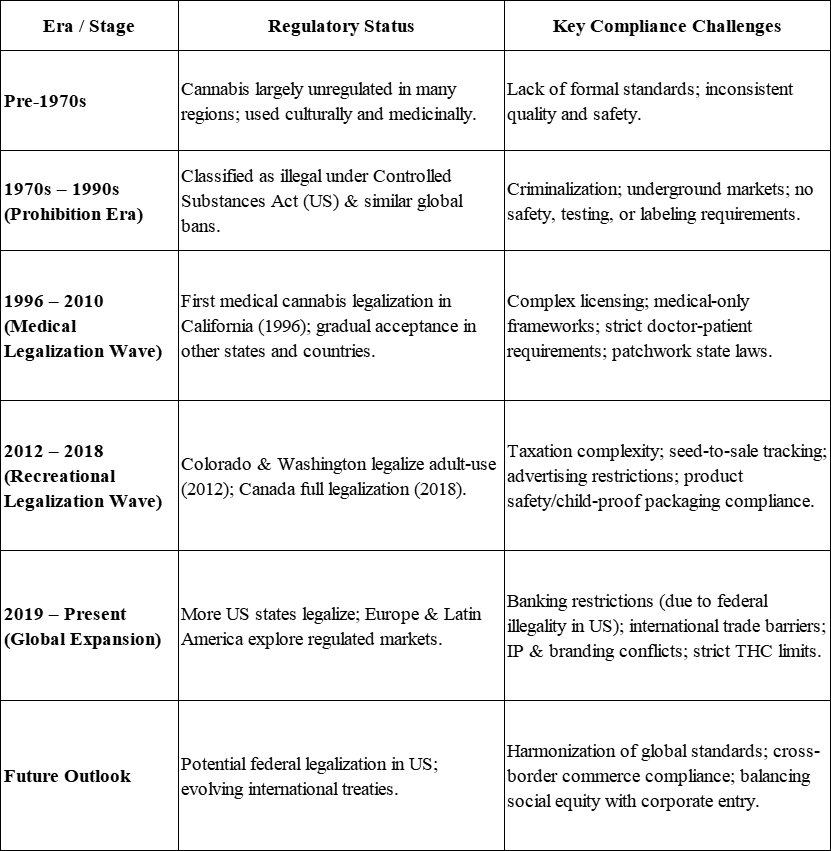
Social Impact and Advocacy
420 as Activism Platform
April 20th has evolved into a crucial date for cannabis advocacy and social justice movements. The day provides activists with an annual opportunity to organize demonstrations, educate the public about cannabis benefits, and push for policy reforms. Organizations like Students for Sensible Drug Policy (SSDP) use 420 events on college campuses to advocate for drug policy reform and cannabis legalization.
The National Organization for the Reform of Marijuana Laws (NORML), founded in 1970, has utilized 420 celebrations as platforms for legislative advocacy. These events often feature discussions about criminal justice reform, highlighting how the War on Drugs has disproportionately affected communities of color and marginalized groups.
420 celebrations have become particularly important for social equity advocacy within the cannabis industry. Many events now focus on ensuring that legalization benefits include communities most harmed by prohibition, addressing historical injustices through expungement programs and social equity licensing.
Community Building and Support
The communal aspect of 420 celebrations creates powerful opportunities for community building and mutual support. These gatherings allow isolated cannabis users to find community and reduce feelings of stigma or criminalization. For medical cannabis patients, 420 events often provide educational resources and advocacy networks.
420 celebrations also serve harm reduction functions, providing opportunities to educate users about safe consumption practices, quality control, and responsible use. Many events feature educational booths, medical cannabis information, and resources for those seeking treatment for cannabis use disorders.
The LGBTQ+ cannabis community has particularly embraced 420 as a platform for advocacy and visibility. Many cannabis businesses and organizations use 420 events to support queer and trans individuals in the industry while advocating for broader LGBTQ+ rights and equality.
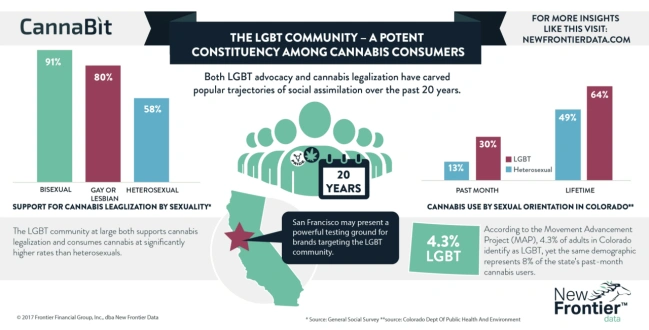
Contemporary Challenges and Criticisms
Commercialization Concerns
The mainstream adoption and commercialization of 420 has generated significant debate within cannabis communities. Traditional advocates worry that corporate co-optation dilutes the authentic cultural meaning of 420, transforming a grassroots symbol into a marketing gimmick. These concerns reflect broader tensions between cannabis culture’s countercultural roots and its increasing mainstream acceptance.
Large corporations entering the cannabis industry often adopt 420 imagery and timing for product launches and marketing campaigns. While this mainstream acceptance represents progress toward normalization, it also raises questions about cultural appropriation and whether commercial interests align with the values that originally gave 420 its meaning.
Access and equity issues complicate commercial 420 celebrations. As cannabis events become more expensive and commercialized, they may exclude lower-income community members who were part of the original culture. These accessibility concerns highlight ongoing challenges in ensuring that cannabis legalization benefits all community members equally.
Public Health and Safety Considerations
Large-scale 420 celebrations raise legitimate public health and safety concerns. Events drawing thousands of participants require careful planning around issues like crowd control, emergency medical services, and impaired driving prevention. The 2017 San Francisco gathering of 15,000 people, while celebratory, also created challenges for city officials and emergency responders.
Youth access remains a critical concern for 420 events. Organizers must balance celebration with responsible messaging about age-appropriate use and the importance of keeping cannabis away from minors. Educational components of 420 events increasingly focus on these harm reduction messages.
Impaired driving represents another significant safety challenge during 420 celebrations. Public health campaigns increasingly emphasize that cannabis impairment affects driving ability, and law enforcement agencies often increase patrols around major 420 events to prevent impaired driving incidents.
Global Perspectives and Future Directions
International Adoption and Adaptation
The globalization of 420 demonstrates the power of American cultural exports, but also shows how local communities adapt international symbols to their specific contexts. In Canada, where cannabis is fully legal, 420 celebrations have evolved into large-scale outdoor festivals with official government recognition.
European 420 celebrations vary significantly based on local cannabis laws and cultural attitudes. In the Netherlands, 420 aligns naturally with existing coffee shop culture, while in the United Kingdom, 420 events in places like Hyde Park carry higher legal risks but serve important advocacy functions. These variations demonstrate how global symbols adapt to local legal and cultural contexts.
Mexico’s growing 420 celebrations, particularly in Mexico City, focus heavily on legalization advocacy and public education. As medical cannabis becomes more widely available, these events provide platforms for discussing therapeutic applications and policy reform.
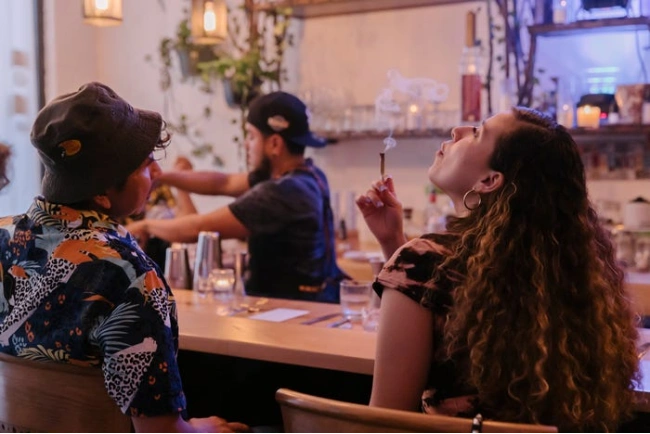
Generational Perspectives: A Cultural Paradigm Shift
The next generation of cannabis users brings fundamentally different perspectives to 420 culture, shaped by experiences that diverge dramatically from those who lived through prohibition. Younger consumers, particularly Generation Z, who may have grown up with legal cannabis access in states like Colorado, California, and Washington, view 420 not as a rebellious act against authority, but as a normalized cultural celebration similar to other mainstream holidays. This generational shift represents a profound transformation in the cultural DNA of 420, moving from its roots as a secretive counterculture code to an open celebration of cannabis appreciation.
Research indicates that Generation Z prioritizes authenticity, sustainability, and social justice in their consumer choices, values that are increasingly reflected in how they approach 420 celebrations. Unlike previous generations who may have viewed 420 primarily through the lens of personal freedom and rebellion against prohibition, younger consumers integrate cannabis culture into broader conversations about wellness, environmental consciousness, and social equity. They seek 420 experiences that align with their values regarding corporate social responsibility, environmental impact, and community benefit, demanding that cannabis businesses demonstrate genuine commitment to social justice rather than superficial marketing gestures.
The political landscape surrounding cannabis has also shaped generational attitudes toward 420. For many younger consumers, cannabis legalization is not a distant goal but a policy reality they expect to expand nationwide. This expectation transforms 420 from primarily an advocacy platform into a celebration of cultural achievement, though activism remains important for addressing ongoing issues like criminal justice reform and ensuring equitable access to legal cannabis markets. Polling data shows that liberal, nonreligious, and younger Americans demonstrate the highest support for cannabis legalization, creating a generational divide that influences how different age groups participate in and interpret 420 celebrations.
The consumption patterns of younger generations also reveal significant cultural shifts. For the first time in documented history, daily cannabis users have surpassed daily alcohol drinkers among young adults, indicating a fundamental change in substance use preferences that positions 420 as representing the preferred recreational substance for emerging adult cohorts. This demographic shift suggests that 420 culture will likely become more mainstream and less marginalized as these cohorts age and assume positions of cultural and political influence.
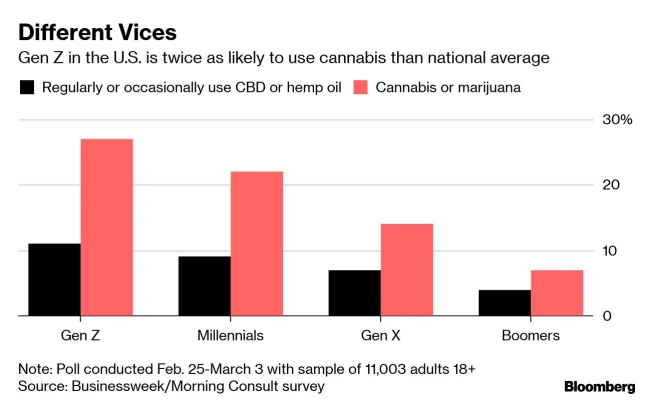
Technology Integration: Digital Revolution of Cannabis Culture
Technology integration represents another frontier for 420 culture, with virtual reality experiences, cannabis-focused applications, and digital community building reshaping how people participate in 420 celebrations, particularly in jurisdictions where physical gatherings remain legally risky. The development of sophisticated cannabis cultivation technologies, including precision agriculture, LED lighting systems, automated environmental controls, and data analytics, is creating new dimensions of 420 appreciation that extend beyond consumption to include fascination with the science and technology behind cannabis production.
Cannabis-focused mobile applications are revolutionizing how enthusiasts discover, purchase, and learn about cannabis products. These digital platforms enable users to participate in virtual 420 celebrations, access educational content, connect with like-minded community members, and even receive personalized product recommendations based on their preferences and consumption history. Augmented reality features allow users to scan cannabis products for detailed information about strain genetics, terpene profiles, and expected effects, creating more informed and intentional 420 experiences that prioritize education alongside celebration.
The emergence of Industry 4.0 technologies in cannabis cultivation is creating new appreciation for the intersection of traditional plant cultivation and cutting-edge technology. Robotic systems equipped with artificial intelligence can identify optimal harvest times, detect plant diseases, and automate pruning processes, while data-driven cultivation platforms enable growers to optimize growing conditions and predict yields with unprecedented precision. These technological advances create opportunities for 420 celebrations to include educational components about cannabis science and technology, attracting participants interested in the innovation behind their favorite products.
Virtual reality experiences are beginning to offer immersive 420 celebrations that can transport users to virtual cannabis gardens, historical recreations of significant moments in cannabis culture, or fantasy environments designed specifically for cannabis appreciation. These digital experiences become particularly valuable in regions where physical 420 gatherings face legal restrictions or social stigma, enabling global participation in 420 culture regardless of local legal status. The technology also creates opportunities for enhanced accessibility, allowing individuals with mobility limitations or health concerns to participate fully in 420 celebrations.
Blockchain technology and Web 3.0 developments promise to further revolutionize 420 culture by enabling decentralized cannabis marketplaces, secure product tracking from cultivation to consumption, and community-governed cannabis organizations that operate independently of traditional corporate or governmental structures. These technological innovations align with 420’s countercultural roots while leveraging modern technology to create more equitable and transparent cannabis systems.

Conclusion
The remarkable journey of 420 from a high school code to a global phenomenon illustrates the organic power of grassroots culture to create lasting social movements. What five California teenagers began as a simple meeting arrangement has evolved into a symbol that unites cannabis users worldwide, drives commercial activity worth millions of dollars, and provides a platform for social justice advocacy.
The story of 420 reveals how authentic cultural symbols develop, spread, and evolve over time. The progression from secret code to mainstream recognition demonstrates both the democratizing power of cultural movements and the inevitable tensions that arise when countercultural symbols enter mainstream consciousness.
Looking forward, 420’s continued evolution reflects broader changes in cannabis acceptance and legalization. As marijuana becomes increasingly normalized globally, 420 will likely continue adapting while maintaining its core function as a unifying symbol for cannabis community and culture. The challenge for future generations will be preserving the authentic spirit and inclusive values that made 420 meaningful while embracing the opportunities that mainstream acceptance provides.
The enduring significance of 420 lies not just in its recognition as a cultural symbol, but in its demonstration of how small, authentic cultural innovations can grow to influence global conversations about policy, justice, and community. From five friends searching for abandoned cannabis plants to millions celebrating worldwide, 420 represents the power of grassroots culture to create lasting change that transcends its original context and continues evolving with each generation.
